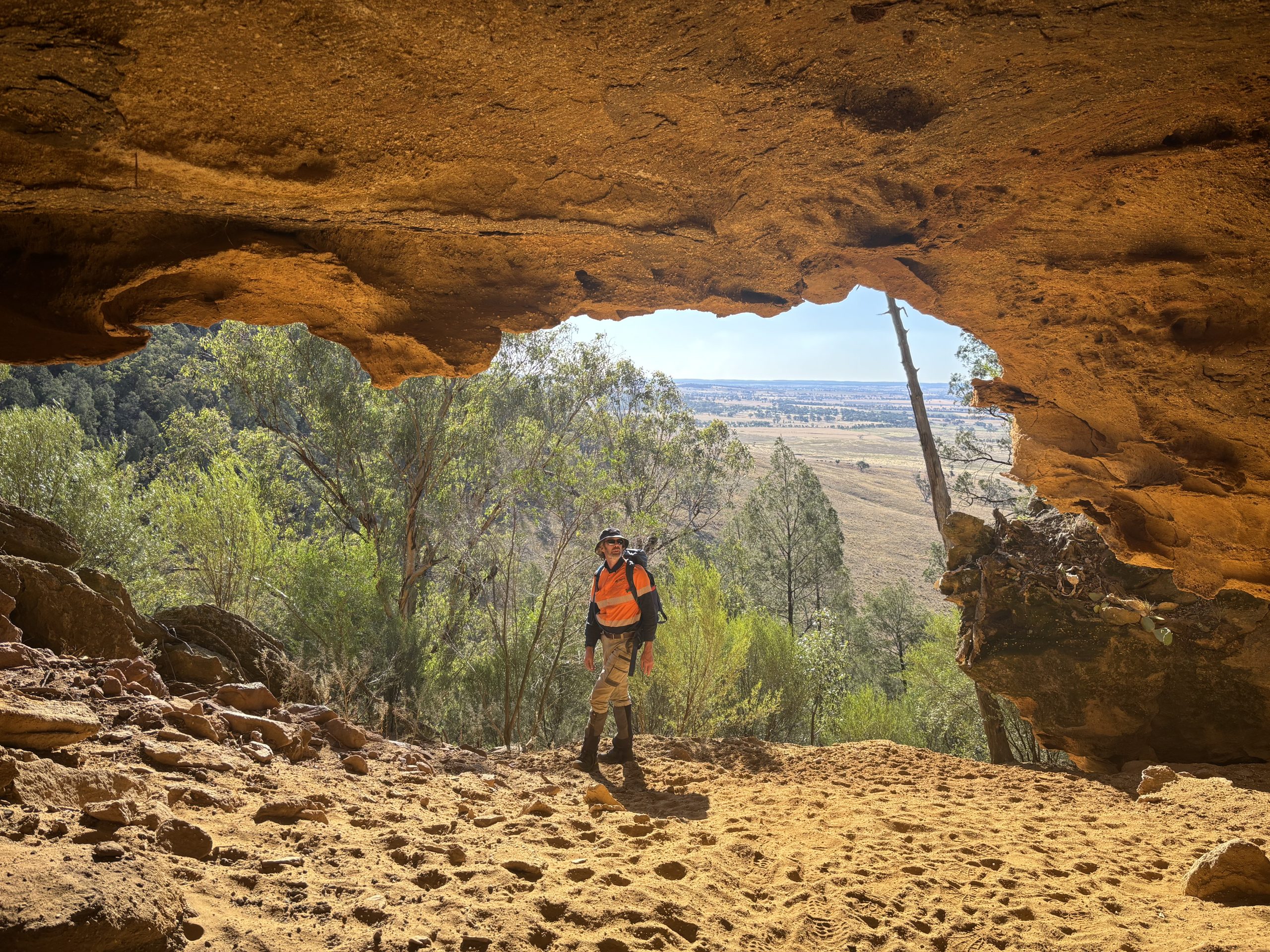Climate risks and emissions targets: What developers need to know about the latest government climate announcements
Author: Lawrence Smith, Executive Director – Commercial
October 1, 2025
News & Insights
The Australian Government last week announced a new 2035 climate target, just days after releasing its first ever National Climate Risk Assessment.
Both announcements signal a step forward for Australia’s climate mitigation and adaptation efforts, but what might they mean for developers?
One of the biggest challenges facing developers is the need for investment certainty so these developments are helpful for setting out the government’s commitment to addressing emissions. However, it is important to note that developers are also significantly impacted by state and territory government policy – and it remains to be seen how these new national targets will flow through.
Lawrence Smith, Niche’s Executive Director – Commercial, summarises the announcements, flagging where developers should be paying attention.
Confronting climate risks
The National Climate Risk Assessment is a 284-page report that explores the top climate threats facing our nation.
It warns that adverse weather events – like floods, heatwaves and fires – will overlap and compound, impacting communities, industries and the natural environment.
Alongside the effect on tourism, transport, and other economic drivers, these developments will impact quality of life for all Australians. Communities in Northern Australia, coastal areas, outer metro, and remote regions will be most impacted.
The report also warns that already vulnerable communities, particularly Aboriginal and Torres Strait Islander communities, will bear the brunt of health and socioeconomic impacts.
Severe impacts on the environment
The report dives into the impacts on nature too, indicating that climate risk to the environment is likely to be severe by 2050.
Flagging that predicted climate change “will cause most Australian native species to be outside the environments to which they are currently adapted”, the report indicates how serious the biodiversity crisis is.
Increased temperate, more frequent and intense heatwaves, increased risk of bushfires, and warmer and more acidic oceans will push species and ecosystems to their limits, it warned, with many already facing stress or collapse.
The report explores the impacts across terrestrial, freshwater, marine and estuarine ecosystems, from coral reefs to seagrass to eucalypt forests – all of which are already vulnerable from human impact and warming temperatures.
The report does note that early action on adaptation interventions could enhance ecosystem health and mitigate some of the risks. It suggests examples such as biodiversity projects, reforestation, wetland restoration, establishing protected areas and wildlife corridors.
New 2035 targets
With these risks laid out, the government then committed to the new 2035 target for emissions to be 62 – 70% lower than in 2005.
The target is more ambitious than the likes of Canada, New Zealand and Japan, but fallen slightly short of the UK, which has committed to 81% fewer emissions than in 1990.
The government also announced Six Sector Emissions Reduction Plans support the Net Zero objective. Responsible Ministers led engagement on their department sector plan.
- Electricity and energy (Department of Climate Change, Energy, the Environment and Water) – Rapid decarbonisation through clean electricity, large-scale renewables, energy storage, and streamlined approvals for renewable projects.
- Agriculture and land (Department of Agriculture, Fisheries and Forestry) – Boosting carbon storage, nature repair, and sustainable farming practices to benefit regional communities and enhance productivity.
- The built environment (Treasury) – Improving energy efficiency and electrification in homes, workplaces, and public spaces to reduce emissions and enhance climate resilience.
- Industry (Department of Industry, Science and Resources) – Electrifying industrial processes, adopting cleaner fuels and technologies, and supporting low-carbon manufacturing to maintain competitiveness.
- Resources (Department of Industry, Science and Resources) – Reducing emissions in mining and resource operations while leveraging Australia’s critical minerals for clean energy technologies and global leadership in sustainable resource management.
- Transport (Department of Infrastructure, Transport, Regional Development, Communications, Sport and the Arts) – Expanding electric vehicle infrastructure, implementing vehicle efficiency standards, and promoting low-emission transport options to meet growing demand.
Unlocking development
For developers, these announcements reinforce the government’s commitment to the clean energy transition – wind and solar, firmed with pumped hydro, battery storage and gas.
In its advice to government on the 2035 targets, the Climate Change Authority said a “six-fold growth in utility storage, quadrupling wind capacity, tripling utility solar capacity” would be required to meet the climate target.
As mentioned, how this translates to action on the ground for developers will be impacted by state and territory energy policy and planning, as well as their differing positions in the National Electricity Market.
But we expect that most in our sector will be confident that this ambition – combined with proposed reforms to the EPBC Act – will unlock the pipeline of development needed for the clean energy transition.
Environmental considerations
Developers will need to consider nature as they seek to play their role in fulfilling the climate target.
The government’s risk assessment stressed the impact climate will have on ‘ecosystems & biodiversity’, listing it as one of eight “systems of national importance”.
This makes it all the more critical that scaling up clean energy development will not come at the cost of nature.
As well, climate change will impact on everything from supply chains and insurance premiums to the changing needs of communities – increasing complexity and risk for developers.
Where to from here?
In all, the report was a confronting read for people across the country, many of whom will be profoundly impacted by climate change.
Given the scale of the challenge, Australia needs to move quickly from announcements to action.
Those in our sector can rise to this challenge by continuing to balance the demand for projects that contribute to the energy transition, or nation-building infrastructure, against our reliance upon nature and respect for our heritage.
Through the experience of our combined teams at Niche and Ausecology, we help developers navigate the complexity across the full project lifecycle in NSW, Queensland and Victoria. Talk to us about how we can support your development today.



